Some of Scotland's most beautiful churches are being sold off for as little as £40,000 — but a word of warning before you take the plunge
Lucy Denton examines how best to help former church buildings thrive as times move on and property changes hands.

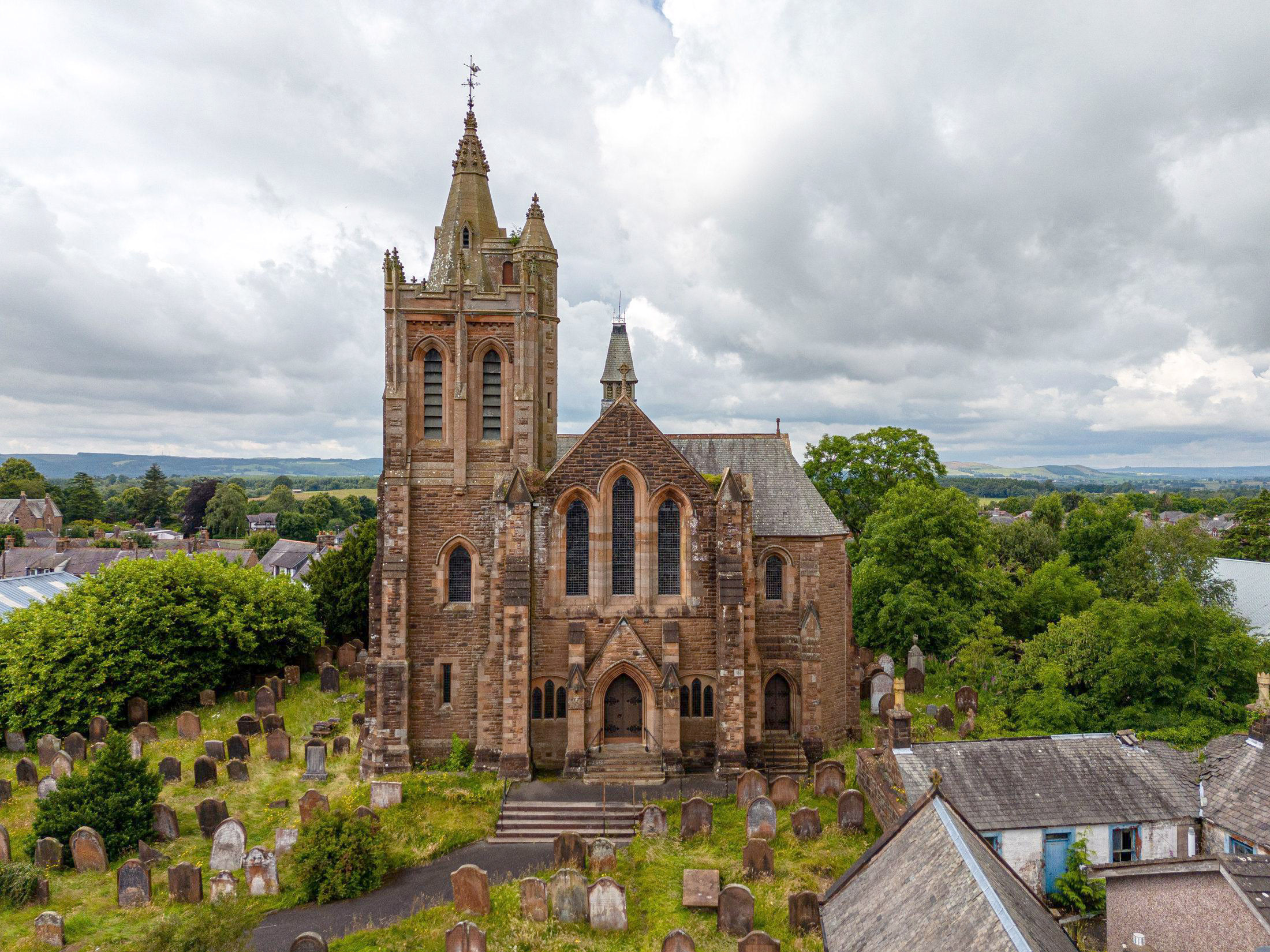
Last year’s news that the Church of Scotland was to sell dozens of its churches — and halls and manses — might have come as a revelation. However, shrinking congregations and growing secularism lead to drastic measures as costs go up and revenue comes down. Citing an almighty drop in members and minister numbers, especially over the past 20 years, a spokesperson points out that pruning property assets ‘is believed to be necessary in order to deliver sustainable and realistic new expressions of ministry and church and to ensure all of our buildings are suitable for the needs of mission in the 21st century’.
The upshot is a sale portfolio endowed with architectural works of art. Right now, that includes the pinkish harled façades and elegant pinnacles of Drumoak Parish Church, Aberdeenshire, which was built in the 1830s to designs by Archibald Simpson, and the pared-back Classicism of Alves Church, set in a rustic spot halfway between Elgin and Forres.
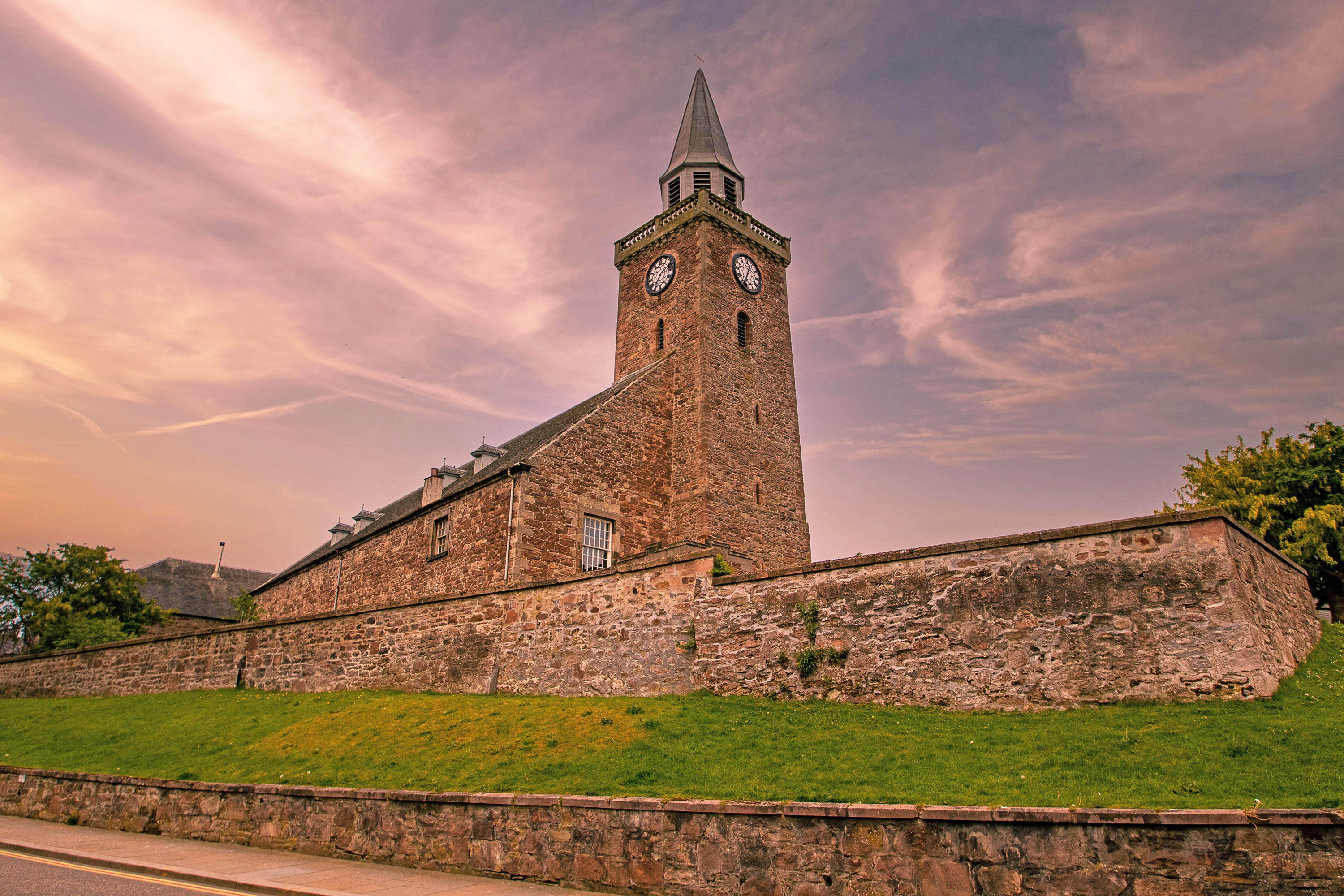
The Old High Church in Inverness, ancient in site and stone. Offers over £150,000..
The Grade A-listed Old High Church at Inverness, on the market again for offers over £150,000 after a sale fell through, is of immense significance as the oldest church in the city, standing on a riverside site with an even more ancient provenance. Deeply entwined with Scotland’s past, fragments of its structure, most of which was rebuilt in the 1770s, date to the 14th century.
And there are many more, with even more eye-catching prices: St Michael’s in Crieff, an elegant 1882 building with a superb bell tower, is listed at ‘offers over £170,000’, Dryfesdale and Trinity Parish Church in Lockerbie is up for ‘offers over £65,000’, and over on the Isle of Arran, the historic, stone-built Kilmory Church has a price tag of just £40,000.
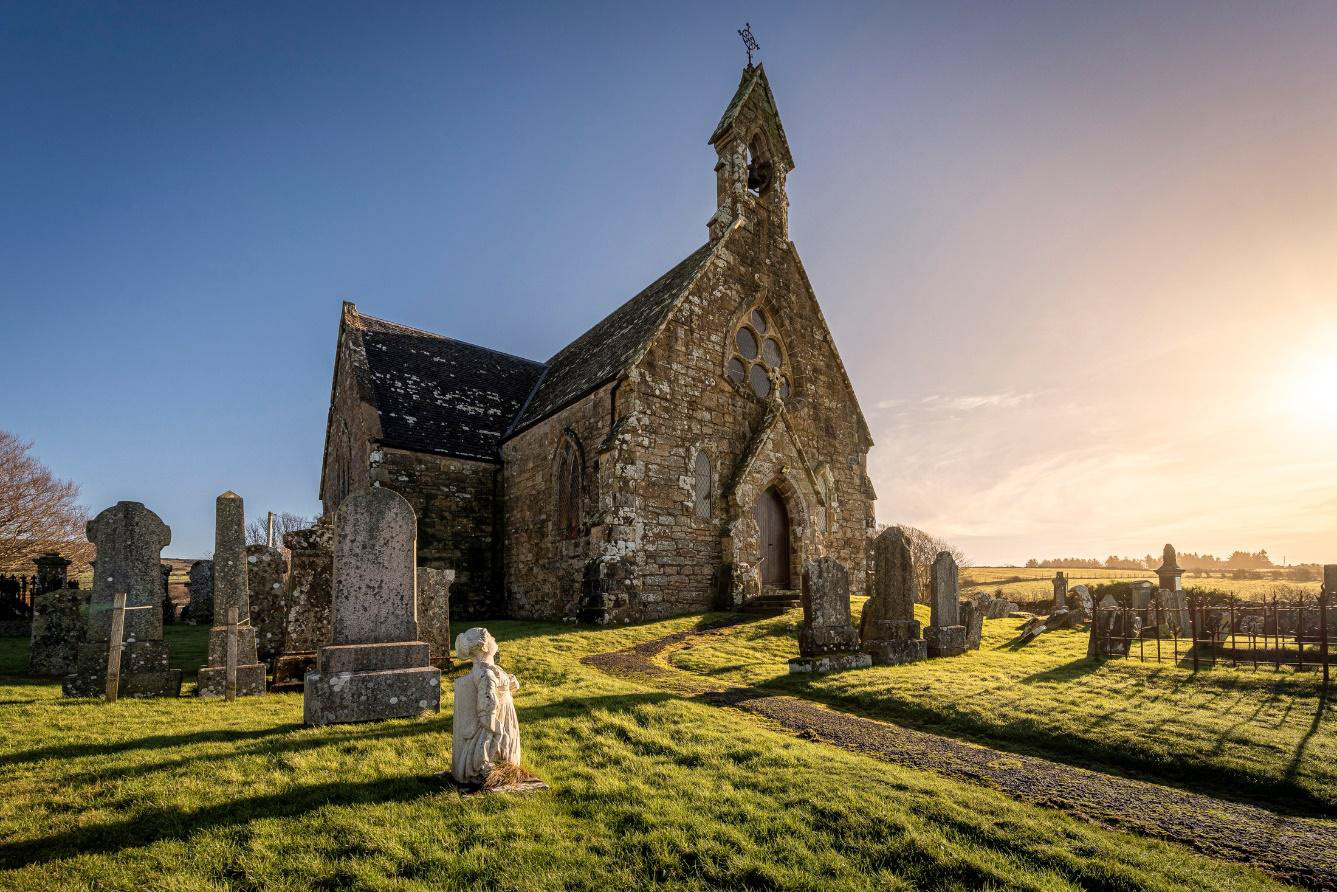
Kilmory Church, Isle of Arran
The catch? Most of the listings for churches note that while conversion for some purposes — childcare, use as a day centre, museum, gallery or public library — won’t need change of consent, anything else will need permission from the local authorities.
Furthermore, the conversion costs can be huge and the problems to be fixed extensive; a note on the listing for Dryfesdale and Trinity Parish Church warns oninmously that 'the upper balcony areas are currently supported by structural props and there will be no access to the balcony areas or below the supported balcony.' Strict safety measures are in place, and anyone coming to view must 'do so at their own risk'.
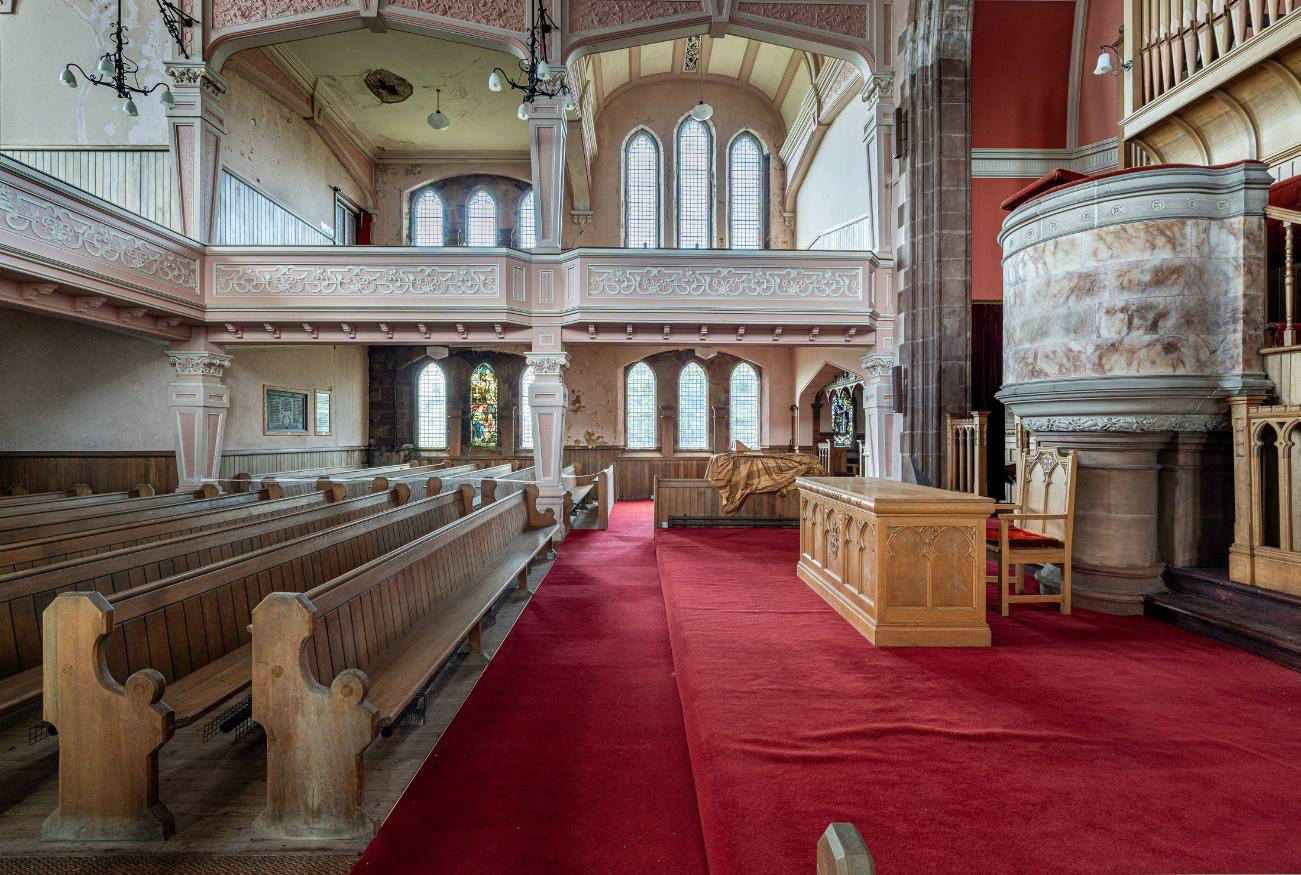
Mind how you go: inside Dryfesdale and Trinity Parish Church.
Still, given the prices, there is plenty of scope — and these are hugely attractive as most might be. ‘Churches have a unique buyer type,’ observes Tom Stewart-Moore, head of Knight Frank rural agency, Scotland, ‘who see the conversion of a historical building such as this as a project of passion. Some buyers may be fortunate enough to have deep pockets, but others will very much have a budget to work to. It might seem as if the asking prices are low, but, with higher building costs, the heritage and planning implications, and, of course, the general state of repair of the building at the point of purchase, there is a lot for a buyer to think about’.
Exquisite houses, the beauty of Nature, and how to get the most from your life, straight to your inbox.
Annabel Blackett, associate in the country-house department at Strutt & Parker, covering Scotland and the North of England, concurs. ‘Acquiring a church can be risky and expensive. Most are in rural areas and gone are the days of the more commercial ventures,’ she says, ‘but it does give communities an opportunity to purchase churches for their own use. Buyers from abroad are especially interested in domestic conversion.’
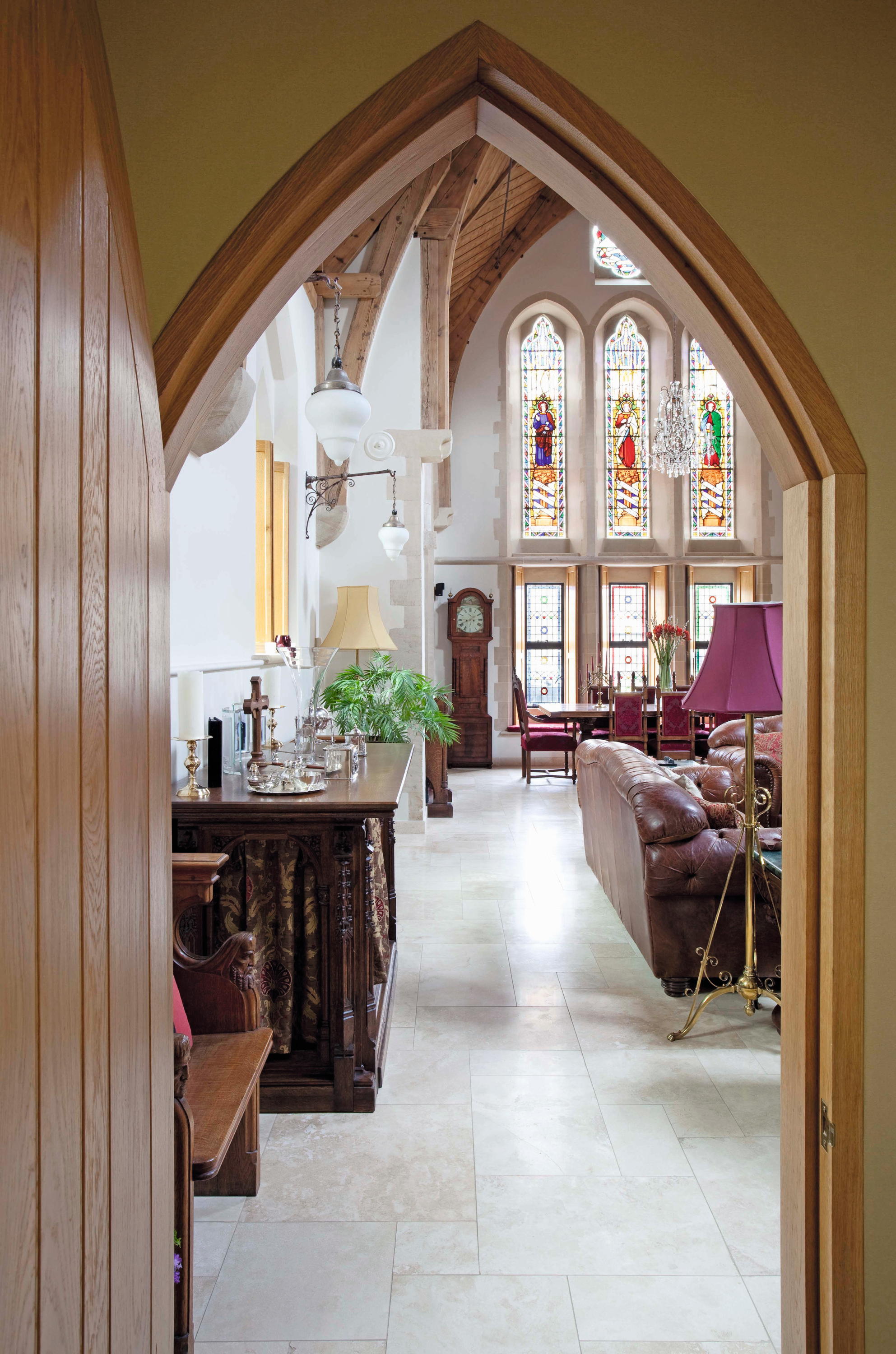
With lofty ceilings and stained glass, former churches can be transformed into striking homes, for those prepared to deal with heritage, maintenance and planning concerns.
These landmark structures, once at the heart of their communities, can be rehabilitated as unusual homes, rousing architectural ingeniousness in layout and interiors: the former church at Avoch on the Black Isle, a Scotland Home of the Year contender, now boasts triple-height rooms.
Things to consider when converting a church
• Take advice from professionals right at the start and think about approaching architects with a track record in producing successful church conversions
• Commission appropriate surveys to understand the state of the building; church roofs are more likely to be in bad condition and water ingress and damp may be present. Comprehensively explore available records relating to past repairs, restoration and maintenance and find out for how long churches have been redundant or unused—and the possible structural or decorative damage incurred as a result
• Be aware of constraints relating to planning and heritage status; many churches are designated Grades A, B or C. Others will not be listed, but might historically have been part of urban expansion and provision for working-class communities. Planners should be consulted about any changes to the Use Class
• Church architecture is distinctive, usually with high ceilings, and influences what adaptations can be made. Consider what to do with the organ, for example—can it be taken on by another church or sold? Think responsibly about what should be done with all the fittings: ‘At the moment, there is no formal process to deal with them,’ points out John Sanders at Simpson & Brown Architects
• Take into account the location of the church and the local population density and demographics; rural buildings are broadly better suited to residential conversion, whereas town and city-centre churches might be adapted for use as nightclubs, restaurants and libraries. There are potential benefits to restoring these beautiful, historic buildings, including providing public access
• Many churches are conventionally situated next to a graveyard, which usually won’t form part of any property purchase. Following an agreement of 1925, burial grounds are instead maintained by local authorities
Others might lend themselves to renewal as libraries, cafés, theatres and cinemas, offices, cultural hubs, Arts and music venues and even as extensions to existing hospitality businesses. In 2024, the owners of the luxury Fife Arms Hotel in Aberdeenshire bought Braemar’s village ‘Kirk’, an 1860s Gothic rendition in stark, snecked granite.
Conversion comes with caveats, however. John Sanders, partner at Simpson & Brown Architects in Edinburgh, points out that there are practicalities to heed when adapting churches for different uses: ‘Scottish Building Regulations and planning requirements make better insulation and specific thermal properties a necessity — difficult to install in Victorian buildings with high ceilings. Removal of pews is almost inevitable, together with changes to the floor and stripping of plaster from walls. Dormers or rooflights will probably be needed to accommodate upper floors. Churches now have real estate rather than heritage value and high costs of renovation might mean the outright loss of some.’
The discarding of surplus ecclesiastical buildings might be seen as a short-term strategy and will no doubt be distressing for many in the parishes they once served, but the fading of the national church offers opportunities for regional renaissance.
‘Although we are not directly involved or consulted on decisions religious bodies make about which buildings are selected for disposal,’ affirms a spokesperson for Historic Environment Scotland, ‘we want to support positive outcomes for these buildings — and their local communities — in a way that ensures their cultural significance is protected.’ For those with ready money, the spire’s the limit.
See the current list of Church of Scotland property for sale at https://www.churchofscotland.org.uk/about-us/departments/property-and-church-buildings/properties-for-sale
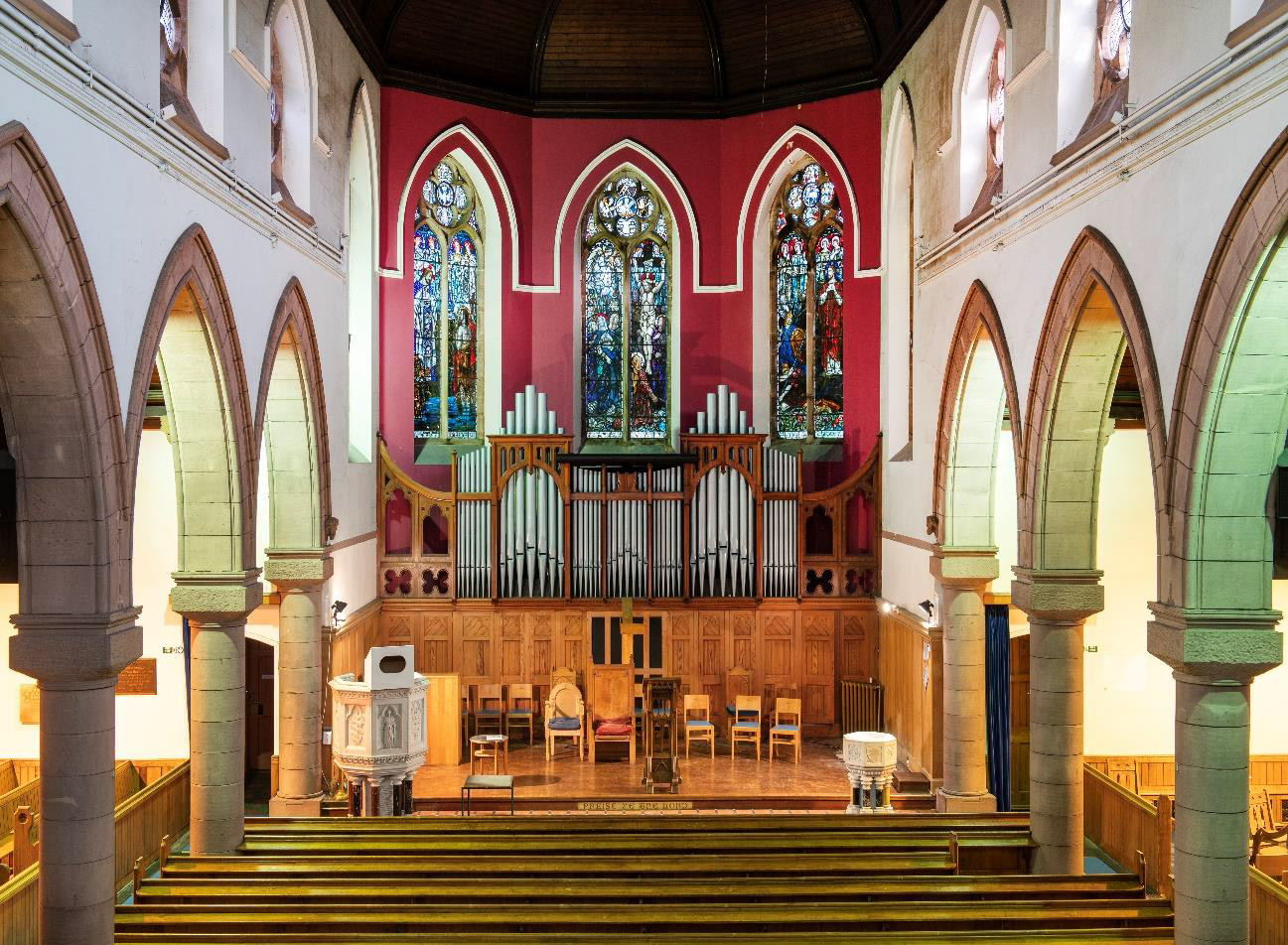
St Michael's in Crieff is a hugely impressive building — but any sort of conversion will take a lot of work.
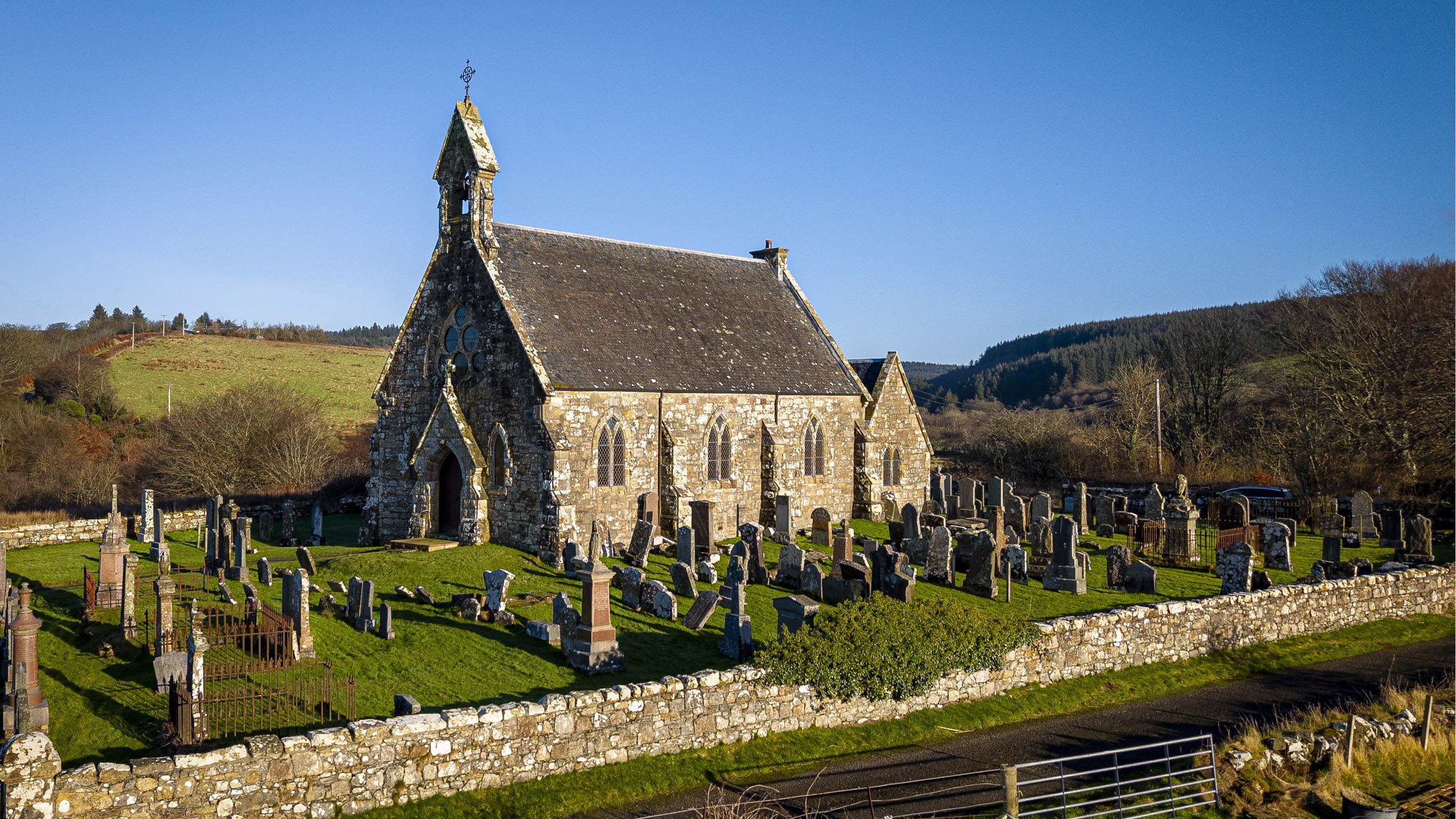
Will Kilmory Church on the Isle of Arran one day become a home?
Lucy Denton is a writer and architectural historian. She has worked for Adam Architecture, Sotheby’s and ArtUK, and has written for Hudson’s Historic Houses and The Times. She writes regularly for Country Life.

